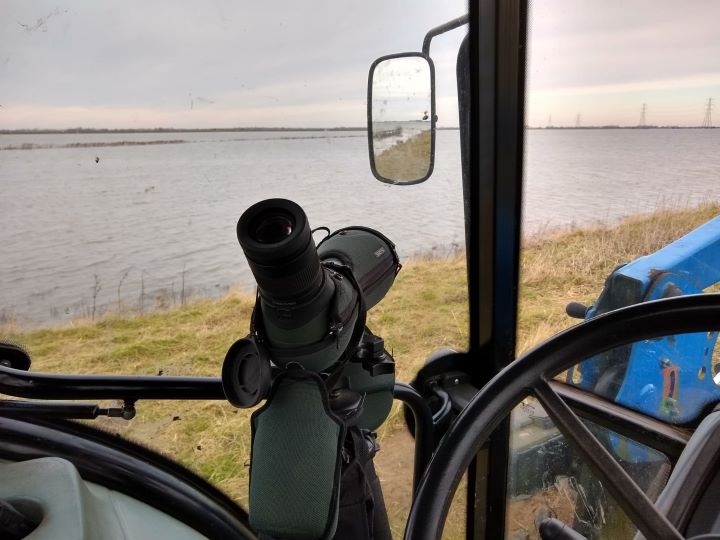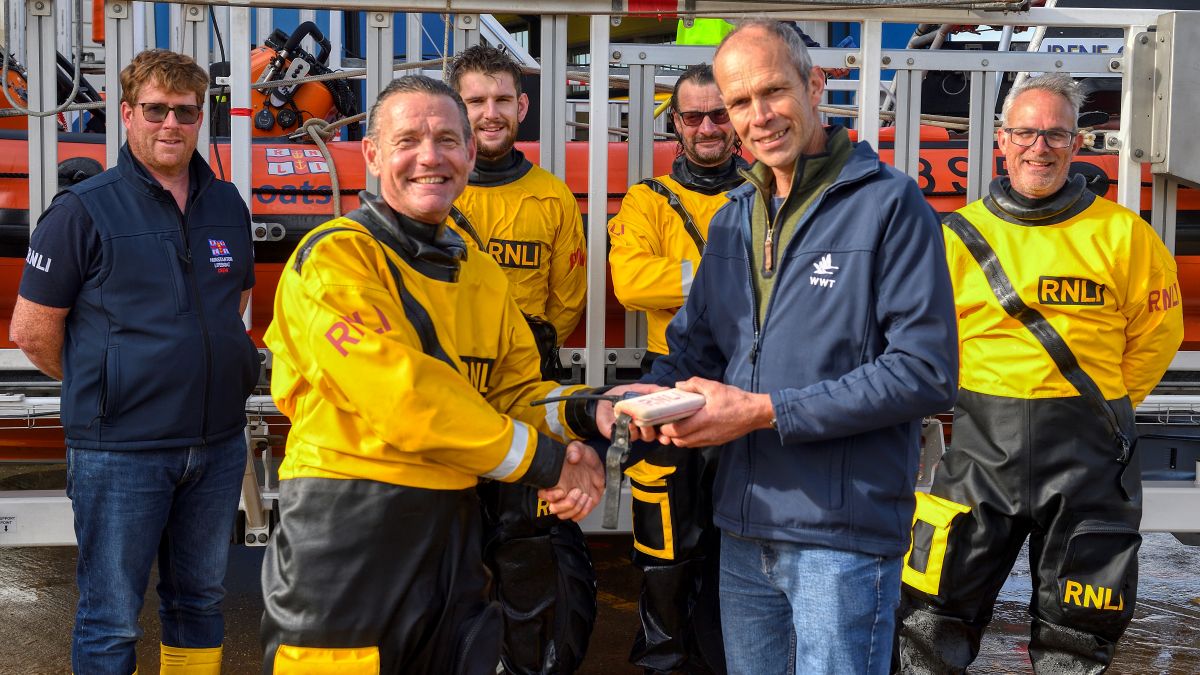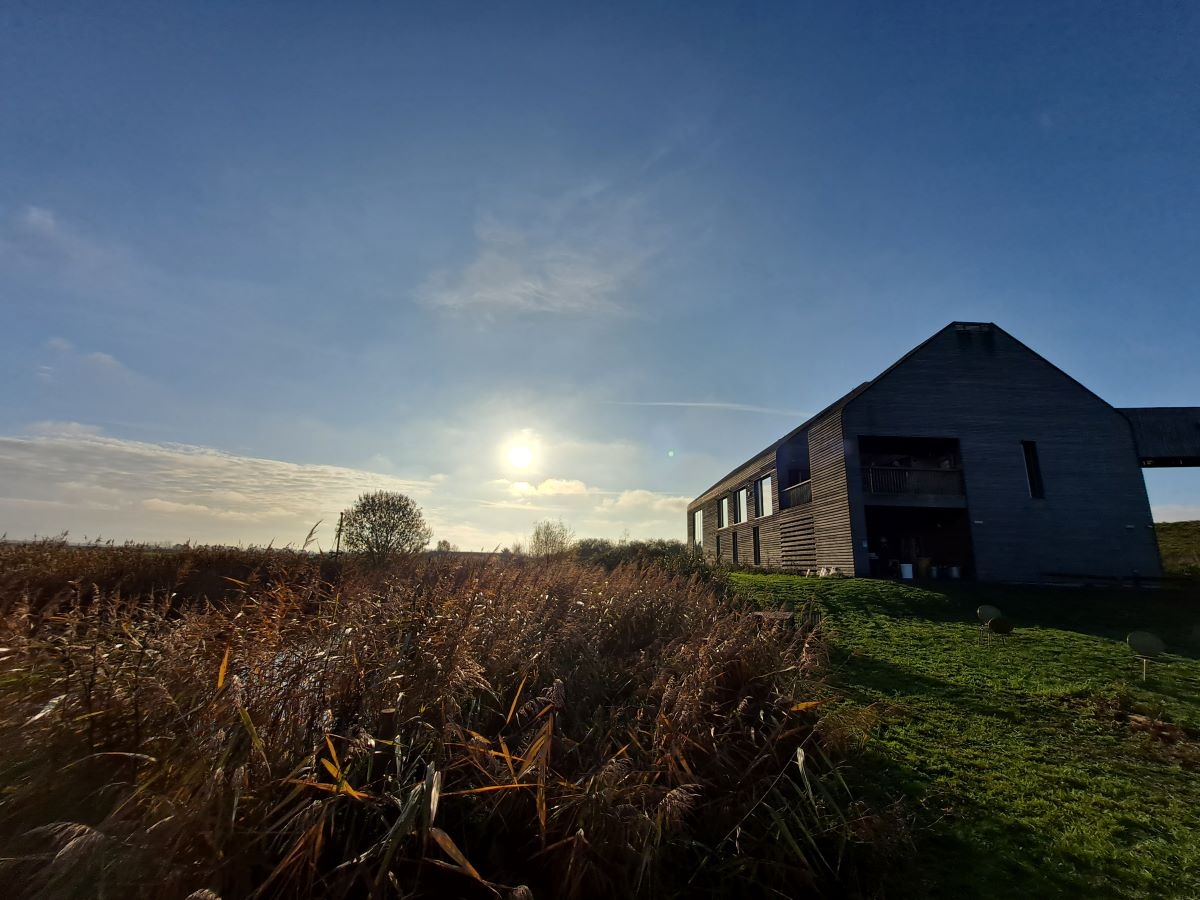Reserve update - bringing wetland wildlife to you
Whilst the centre and reserve are temporarily closed we will bring you updates of how winter is progressing at Welney as well as the conservation work continuing behind the scenes as we prepare for spring.

Throughout the temporary closure of the centre and reserve during this lockdown we will be sharing with you updates on the conservation work which is still going on behind the scenes. During what would normally be the busiest time of year, in terms of sheer volume of birds using the reserve as well as numbers of visitors being welcomed to Welney, we will try post updates and news from the reserve. Some of the highlights of winter as monitoring work continues, as well as how the team are preparing for spring across our wetlands.
This week we’ve had lots of counting to do on the reserve to collect data for January, including our Wigeon count, WeBS count, Harrier roost count and Swan count.

Wigeon counting involves getting into place along Hundred Foot Bank before dawn and facing the Lady Fen complex to await the ducks flying overhead as sunrise approaches. The flocks of ducks have been busy grazing this area overnight and are returning to the washes to preen and roost. Higher water levels on the Ouse Washes mean less grass available on the reserve and so increase the importance of Lady Fen for grazing. Whilst we are busy counting we can enjoy listening to the whistling calls of the birds as well as hearing their wings flapping if they come closer overhead.
Wigeon count totals for this winter can be seen below. The wigeon are making this movement prior to the swan flying out, so we are normally able to enjoying this on our swans awake mornings as a prelude to the main event.
Nov 18th - 264
Dec 14th - 722
Jan 18th – 1,539
The Wetland Bird Survey (WeBS) took stock of all the birds using the reserve throughout one day. Some of the highlights were seeing Goldeneye across the washes with several males and females diving for food as well as the males starting to display. With water levels so high David Roberts had to use the tractor to access the river bank, which also has the benefit of acting as a mobile hide. Here is a summary of the day in his own words,
A fly past of 4 cranes topped the WeBS sightings, with other highlights being 2 Barn owls and the brief flash of blue as a kingfisher whizzed by. It is good to see the cattle egrets still on site; the four birds were unfazed by the big blue tractor driving past within a few metres and I managed to get some great views. The Bank Farm pool, outside the Visitor Centre windows was the place for waders, with hundreds of lapwing and golden plover, plus redshank, snipe and curlew.

The evening harrier roost count was quiet, with one harrier flying straight over the reedbed and continuing North along the Washes. Again possibly water levels are now too high to make this area of use for roosting harriers.The highlights at this time of day was nice flocks of golden plover flying high over the washes and calling out, as well as hearing a lot of whooping coming from the Welney village side of the Washes and as dusk fell watching them fly back over to roost ready for the morning count.
Dawn swan count was a warm, cloudy and windy affair, with very few swans using the actual reserve due to water levels and weather, the biggest concentration by far was now on Lady Fen. With a reduced team, the arable count consisted of sample counts of flocks to get an idea of whooper swan productivity, Bewick’s swans having been the focus in December to tie in with international counts. During this time, David Roberts caught up with the flock using the Welney village side of the washes, which had been heard the night before and counted 1,768 swans in one flock.

Dawn swan count number for us at Welney were as follows.
Ouse Washes:
Whooper swan – 126
Bewick’s swan – 47
Lady Fen Complex
Whooper swan – 1,017
If you haven't already seen on the website, there is an interesting blog post about the summer home of the Bewick's swans, The Russian Tundra. Take a look to read about the work taking place to protect this fragile ecosystem here.
Water levels have started to steady on the Washes again, but at a high level. The Welney Wash Road is currently closed and the footpaths will once again take a bit of time until they are free of water. We'll bring you further updates next week.



